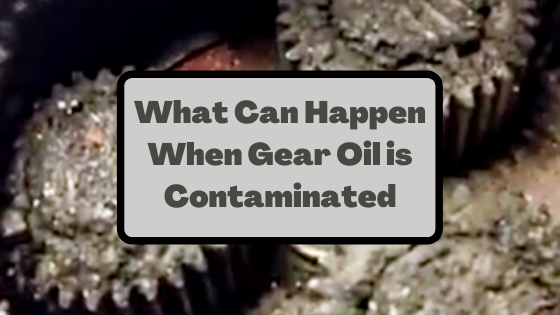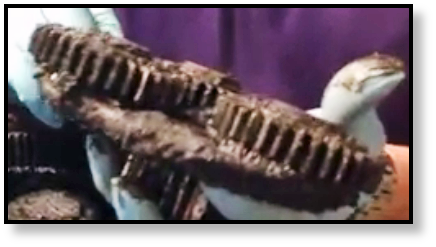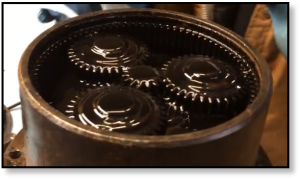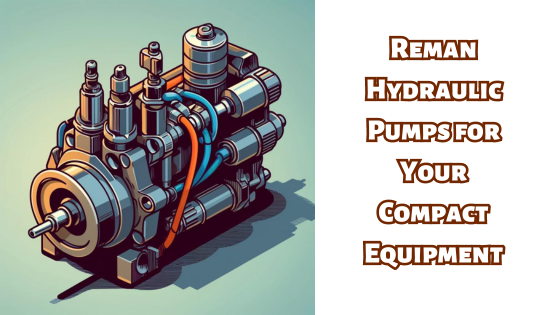What Can Happen When Gear Oil is Contaminated
Mar 20th 2022
Gear oil is a lubrication that's supposed to reduce friction, provide protection, and conduct heat away. But what happens when it becomes contaminated? And how can it affect your final drive motor?

Here are a few other Shop Talk Blog posts you might find of interest:
- The Importance Of Replacing Hydraulic Filters
- Identifying Your Bobcat T-Series Final Drive
- CAT Excavator Final Drives: The Most Common Issue
Purpose of Gear Oil
The purpose of gear oil in your final drive is to protect crucial parts in the gear hub, and this protection takes three forms:
- Protect components during surface to surface-to-surface contact (think gear teeth as they make contact to transit forces and torques) by providing a thin layer of protection (which also reduces wear)
- Protect parts from extreme heat by conducting generated heat away
- Protect parts from corrosion
When gear oil becomes contaminated, it can't provide the same level of protection, and expensive damage can result.
Gear Oil Contamination
There are three basic types of lubrication contamination: particle, water, and chemical. Let's look at each of these and how they can damage your final drive.
Particle Contamination
According to experts, more than 80% of mechanical wear is caused by contaminating particles. And these particles don’t have to be big enough for you to see to cause wear.
Some of the tiniest particles cause the worst damage. There are several ways that particle contamination can harm your gear hub:
- Particles can become trapped between surfaces the oil seal, causing it to wear rapidly, begin to leak, and allow other contaminants inside
- Fail to protect during surface-to-surface contact and accelerate wear (e.g., abrasion, scratching, scuffing)
- As wear developed, the particles generated add to the contamination
- Increase the probability of cavitation
- Thicken the consistency of the gear oil
One of the primary ways that particle contamination occurs is leaking seals, that allow dirt, sand, dust, etc. inside your drive motor. Another way is opening up the gear hub in a dirty environment or not cleaning it off before you open it. An extreme example of particle contamination is shown below.

Water Contamination
When enough water contaminates gear oil, several things can happen. If your oil has started to look cloudy, you’ve got enough water for serious issues to develop. Water can also breakdown the layer of oil needed between contact surfaces to protect them, which will shorten the life of your bearings and accelerate wear in general wear. If the presence of water starts to breakdown the chemical additives, then a thick sludge will form because the gear oil will age faster than average. In addition, certain types of chemical breakdowns will lead to very damaging corrosion and rust.
Chemical Contamination
As gear oil ages, it breaks down chemically. So, first, you may lose the benefits of additives such as anti-wear (AW) and extreme pressure (EP). The gear oil will also develop into a sludge, doing more harm than good. And it also serves as a red flag that your final drive motor hasn’t been cared for. A good example of a gear oil forming into sludge is shown below, in one of the drive motors that came into our shop. The best way to prevent chemical contamination is to avoid allowing water into the gear hub and checking/changing your gear oil regularly.

Conclusion
Keeping the work area clean when opening your final drive and replacing seals when they start to leak will go a long ways towards keeping contamination out. And chemical contamination due to aging can be prevented by replacing your gear oil on a regular basis.








